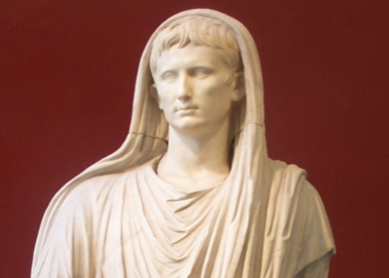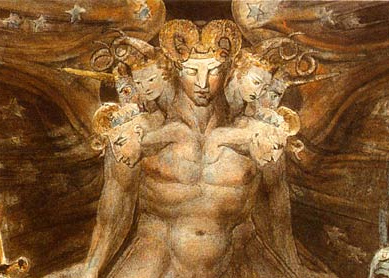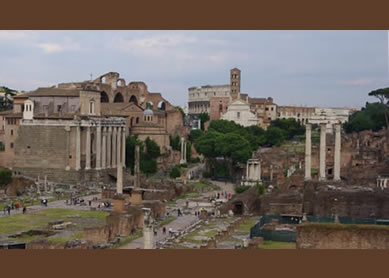At the time when Paul arrived, Rome was a city filled with visible reminders of the importance of religion in the lives of its inhabitants. An altar devoted to the household gods of the emperor stood on every street corner; freed slaves, members of Rome’s underclass, performed rituals at these shrines on a regular basis. Temples rose up in every quarter of the city, some monumental, such as Jupiter Best and Greatest on the Capitoline Hill or Mars the Avenger in the forum built by the emperor Augustus; but some more modest, such as the temple of Hope near the Tiber River. Many of these temples honored deities from outside Rome or even Italy: Isis and Sarapis from Egypt, Cybele the Great Mother of the gods from Asia Minor, and an assortment of deities from Syria. Jews had lived in Rome as early as the second century B.C.E., and inscriptions reveal the presence of synagogues, though no remains from the city of Rome have been found. The presence of foreign divinities and the many elements of Greek culture scattered through Roman religious practice make clear that the Romans’ standard operating procedure was to be open and tolerating, even accepting, of the religious practices of the inhabitants of their empire.
The central motivating factor for this display of religiosity lay in the Romans’ need to maintain the pax deorum, or “peace with the gods.” In speeches and dedications, the Romans indicated their belief that all successes—whether a good harvest or a victory in battle—derived from the gods’ support, and conversely that famine, plague, or defeat served as a sign that the gods were angry with them. For the Romans, maintaining the favor of the gods was largely a matter of correct ritual performance. When necessary, the Romans would repeat a ritual, such as a sacrifice, until the evidence—for instance the examination of the entrails—indicated that the ritual had been performed properly and was accepted by the gods.
The close connection between religion and the state led the Romans to locate religious authority in the same persons who held political authority. In the republic (509–31 B.C.E.), members of the senatorial aristocracy served as members of the priestly colleges, opining on matters of ritual and divination. Competition for seats in these colleges was fierce and often decided on political grounds. When Augustus became emperor, he consolidated his power by holding seats in all the colleges at the same time; his election as pontifex maximus, the titular head of Roman religion who in practice held no more authority than any other pontiff, is usually viewed as the moment when Roman religion came under the emperor’s control. From this point forward, the emperor assumed responsibility for ensuring the good will of the gods, and this role, highlighted on coins and statues, became part of the justification for the imperial system. The emperor Gratian (375–383 C.E.) formally relinquished this title, a move that can be seen as symbolic of the shifting roles of the Roman emperor and the newly ascendant Christian leaders.



